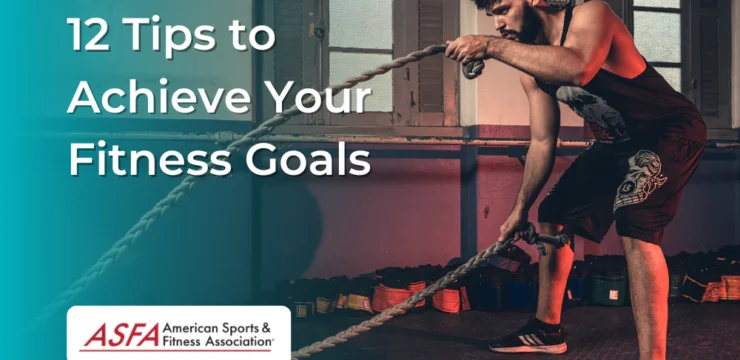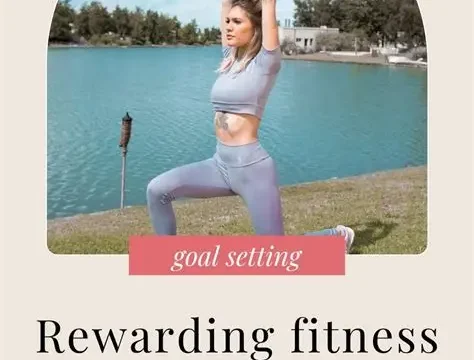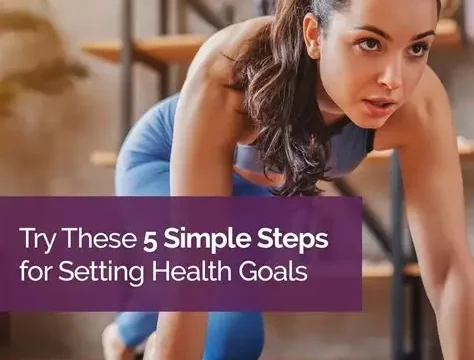Fitness should feel like a journey you enjoy, not a burden you carry. Too often, people approach their health with strict routines or high expectations, only to feel burned out or discouraged when results don’t come quickly. But there’s a better way — one that focuses on healthy, achievable goals that fit naturally into your life.
The key is to set intentions that support both your physical health and emotional well-being. That means letting go of the idea that fitness has to be intense, fast, or dramatic to be effective. Instead, you can build small, consistent habits that support lasting change, without overwhelming yourself along the way.
One of the most powerful goals you can set is simply to move a little more each day. It doesn’t have to be a long workout or anything structured. It might be a walk after dinner, taking the stairs instead of the elevator, or stretching while watching your favorite show. These moments of movement add up over time, and they send a positive message to your body: that you care for it, and that you’re committed to staying active in a way that works for your life.
Another achievable fitness goal is to focus on how you feel, rather than how you look. Instead of chasing a certain number on a scale, try checking in with your energy, sleep quality, or mood. Are you feeling stronger? More relaxed? Less stiff or tired? These kinds of wins are often far more meaningful than any physical measurement, and they help you stay motivated without falling into comparison or self-criticism.
Building strength at your own pace can also be a goal that feels empowering instead of pressuring. You don’t need a gym membership or expensive equipment to get started. Bodyweight exercises like squats, wall push-ups, or even practicing getting up and down from the floor can build strength over time. The goal isn’t perfection — it’s progress. Celebrate the small improvements, like being able to carry groceries more easily or walk a little farther without getting winded.
For those who enjoy structure but want to keep things gentle, aiming for a certain number of active days per week can be helpful. For example, you might set a goal to move your body three times a week, in any way you choose. That might mean a bike ride on the weekend, a walk with a friend midweek, and a calming yoga session before bed. When you give yourself options and flexibility, you’re more likely to stick with your plan without feeling restricted or guilty if plans change.
Another great low-pressure goal is to develop a routine that supports both movement and recovery. Rest is just as important as exercise, and honoring that balance can actually help you progress more steadily. You might aim to get more consistent sleep, stretch gently before bed, or take mindful breaks during the day to breathe and check in with your body. These are simple habits, but they reinforce your commitment to overall health, not just fitness.
Many people also find motivation in tracking non-physical goals. For example, you might set an intention to try one new healthy recipe per week, or to drink more water each day. These small shifts support your active lifestyle without adding pressure or creating an all-or-nothing mindset. When your health goals feel kind and attainable, it becomes easier to stay connected to them.
If you enjoy being social, consider setting a goal that includes other people. That might mean walking with a neighbor once a week, joining a virtual fitness class, or organizing a casual group activity like a weekend hike or a game of catch at the park. Moving with others can bring a sense of fun, community, and accountability — all of which make it easier to stay active without stress.
Mental health and emotional well-being also deserve a place in your fitness journey. Setting a goal to practice mindfulness, gratitude, or even just unplug from screens during your movement time can have a powerful impact. Whether it’s noticing the trees while you walk, enjoying the rhythm of your breath during a stretch, or simply appreciating your body for showing up — these moments deepen the connection between your mind and your movement.
It can also be helpful to reframe how you think about progress. Instead of focusing on quick results or dramatic changes, try looking at the bigger picture. Are you feeling more confident? Are you enjoying your movement more? Are you being kinder to yourself on this journey? These signs of progress may be subtle, but they’re important indicators of true, lasting success.
Some days, your goal might simply be to rest, to care for your body by giving it space and stillness. Other days, your body may feel energized and ready to move with more intensity. The beauty of low-pressure fitness goals is that they allow for both. You’re not locked into a rigid plan — you’re building a sustainable lifestyle that supports you through all of life’s ups and downs.
As you continue to create fitness goals that feel achievable and kind, remind yourself that consistency matters more than intensity. A ten-minute walk each day for a year is far more impactful than a few weeks of intense exercise followed by burnout. By focusing on steady, manageable steps, you give yourself the best chance to build a healthy, long-lasting relationship with fitness.
Ultimately, healthy fitness goals are ones that make you feel good — physically, mentally, and emotionally. They are goals that support your everyday life, rather than take away from it. They help you care for yourself, build confidence, and discover what it means to move with joy rather than judgment.
So if you’ve ever felt overwhelmed by fitness trends, unrealistic expectations, or the pressure to transform overnight, know that there’s another path. One that’s slower, softer, and more sustainable. And it starts with the simple choice to move with intention, listen to your body, and set goals that meet you exactly where you are.
Because fitness, at its heart, is not about extremes — it’s about showing up for yourself in ways that are healthy, kind, and achievable. And that’s a goal worth celebrating every single day.
Let me know if you’d like this article adapted for a particular audience, such as beginners, seniors, busy parents, or office workers.





